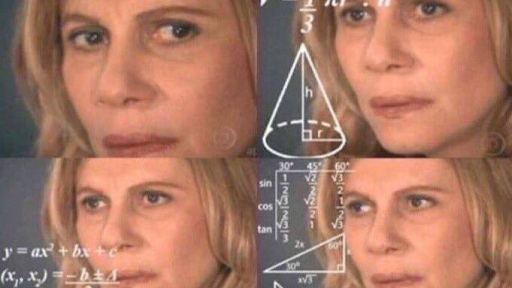Making original, high quality animations for our clients is one of our favourite things to do at Flying Object. If it’s your first time working with us, or you’re thinking about dipping a toe into the world of animation, here’s what to expect.
- The Brief.
First up: unpacking your brief. We make sure we know your brand and strategy inside out. If you don’t have a fully formed idea of what you want, we can even write it with you. This helps us determine the right tone and visual style for your message. We’ll usually present it back to you as a treatment for sign-off.
- Road Map
The project producer will talk to you about your deadlines. They need to know about your stakeholders, and the length of time you need for feedback loops and sign-offs as well. We’ll create a clear timeline mapping out key milestones and the delivery date. You’ll also see a costing which, once signed off, becomes our budget.
Budget + timeline + creative treatment = our roadmap for the project.
- Talent
There are so many different styles of animation from hand-drawn to stop-motion. Finding the right artists to gel with your vision is a key moment in the process. We scale up to fill roles like illustrator, animator and sound designer based on your particular needs.
- Script
Meanwhile, we develop the script, led by an ace copywriter. We’ll also have an eagle-eyed producer on-hand making sure the scope of the script sits within our budget and timeframe. We’ll incorporate your feedback as we go, and you have final sign off.
- Voice Over
A great voice brings a script to life. We’ll cast an actor from our network of agencies. The recording can be remote or in a studio; we’ll direct the talent, and recommend you sit in, IRL or virtually.
- Animation Treatment
With the voice track in place, we work with the animators to provide a treatment and style frames. These normally include examples of key features like character drawings and a colour palette.
- Music
The right music track paces the story, shapes its emotional rhythms, and helps you feel the right feels. We know it when we hear it. The final choice will be cut to the voice over.
- Storyboarding
Once the script has been storyboarded, you’ll see things start to take shape. An animatic shows how things will move and frames transition, set to the audio track. You’ll get the opportunity to feed back, but it’s important to remember that sign off on these is final. Unlike shooting filmed footage, there won’t be much opportunity to change things around once we’ve locked them in.
- Animation
Down to business with the animation proper. Depending on the personal practice of your animator, you might see some frames of progress as we go. Ideally though, with storyboards locked in, this is your chance to sit back and let the magic happen.
- Final Sound Mix
The last touch to an animation is usually the sound effects. Hearing them come together adds an extra dimension that rounds the audio and visuals into a cohesive whole. Last of all, the audio track will be professionally mixed so that everything sounds polished to perfection.
Now you’re primed and ready, you can get the ball rolling right over here.





